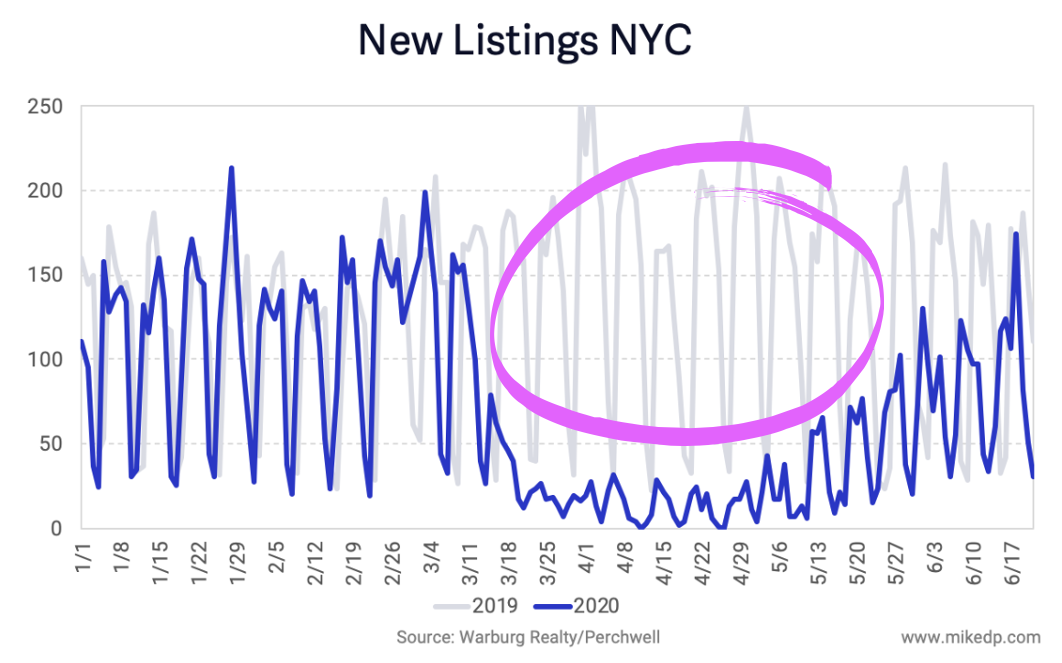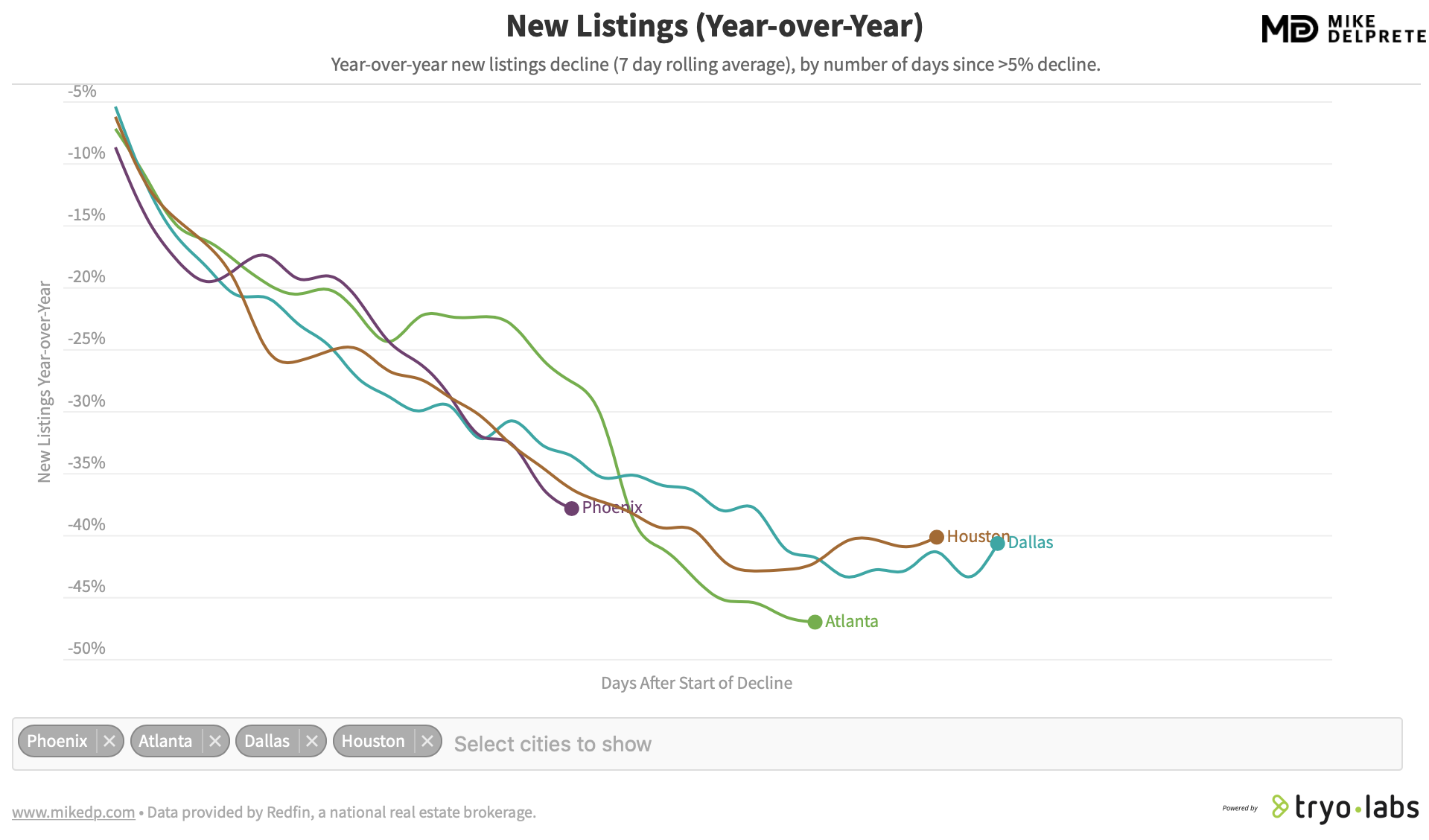Zillow's Brokerage News and the 2 Megatrends of Real Estate Tech
/Zillow recently announced that it was hiring its own agent employees to service its iBuyer business. At face value, the news is a relatively small shift, but is a clear reminder of several megatrends occurring in real estate tech.
An Unsurprising Move
If Zillow's announcement caught you by surprise, you haven't been paying close enough attention. For years, real estate portals around the world -- including Zillow -- have been moving closer to and getting involved in more of the transaction.
Zillow's move is a logical next step in this journey. Bringing agents in-house, as opposed to relying on a network of partners, moves Zillow closer to consumers and closer to the transaction. This megatrend -- which has been slowly occurring for years -- is covered at length in my 2018 Global Real Estate Portal Report.
Ignore At Your Own Risk
With this latest news, some are suggesting that traditional agents fundamentally ignore it and focus on their own business. In other words, don't worry about the competition -- in this case, Zillow -- and just focus on providing the best service possible to your customers and clients.
That strategy is only half right. Ignoring what Zillow is doing brings its own peril; just ask travel agents and video store owners (both industries that Mr. Barton has had a hand in disrupting).
For the traditional industry, sitting still is not an option. To quote my State of the Industry presentation from January 2020:
The industry is moving so slow you can look around and think nothing is changing (or get caught up in the hype and think everything is changing). That’s why now – more than ever before – is the time to stay informed, understand the scope of change, and react appropriately.
Agents as Employees
Zillow's move is a clear reflection of a megatrend in real estate: agents as employees. Hiring agents as full-time, salaried employees (a model pioneered by Redfin) provides a number of benefits, all centered around greater control:
A consistent consumer experience
Greater operational efficiency
Better economics
The benefit is perhaps best illustrated by Redfin's agent efficiency, a metric that consistently stands out among its brokerage peers.
Full-time, salaried agents also lead to higher attach rates for services like mortgage and title. Next-gen brokerage models like Orchard and Homie, which also employ agents, are seeing mortgage attach rates of 80+ percent. This is only possible with an integrated end-to-end experience, powered by employees, and not a loose confederation of independent contractors.
Zillow and Redfin are not alone. Other disruptors like Opendoor and Offerpad are hiring agents for new brokerage services. With the exception of Compass (who is stuck in the matter), all of the largest real estate disruptors are moving in this direction -- that's nearly $35 billion in enterprise value pushing in this direction. It's a megatrend that's possible, but not advisable, to ignore.







































































































